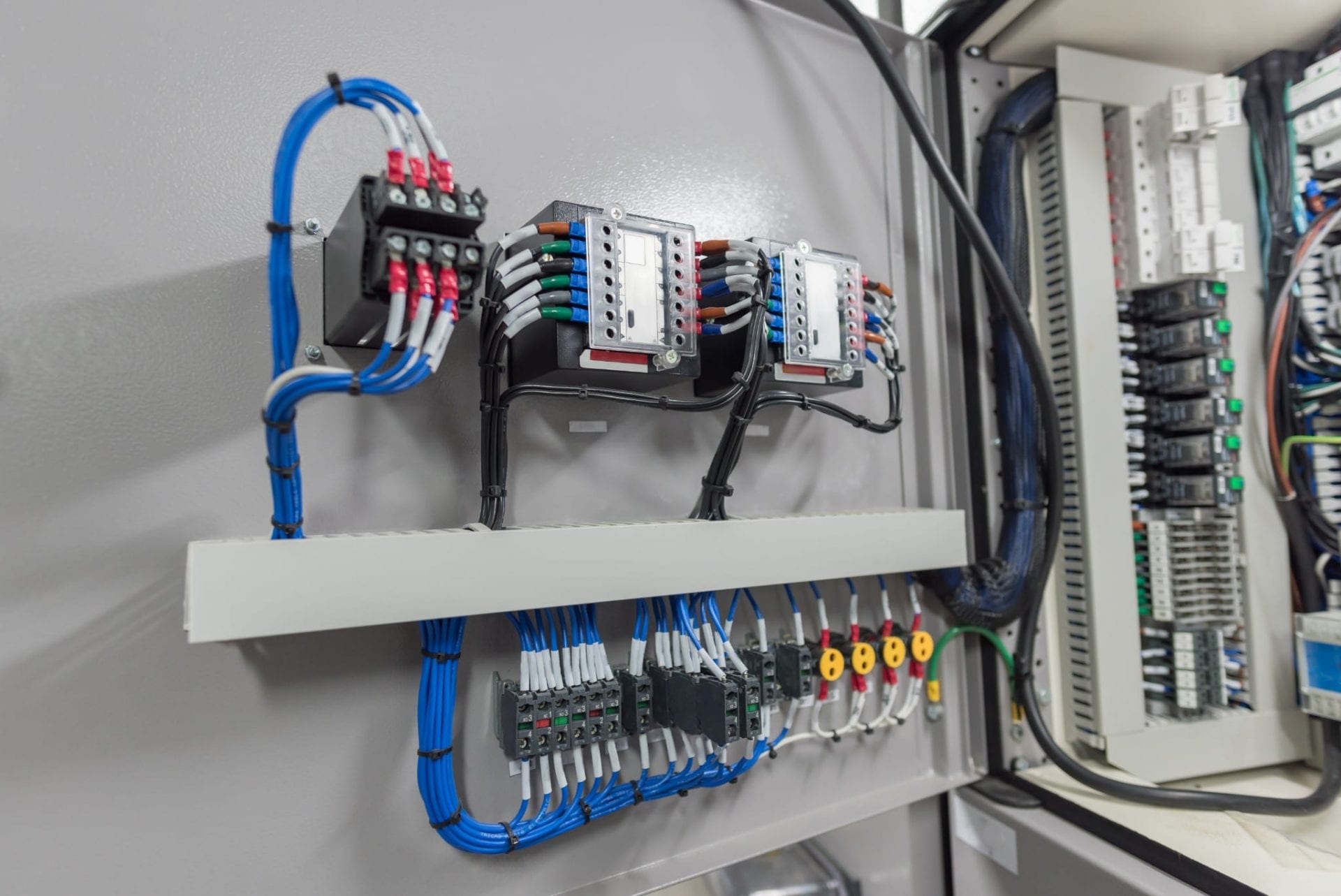Electrical Wiring 101: A Beginner's Guide to Understanding the Basics

Electrical wiring is an essential element of every home, and knowing it is crucial for each homeowner. It is not just important to ensure the efficient operation of your home, but it is also essential to ensure your safety. In this article, we’ll go over the fundamentals of electrical wiring, the importance of safety, and the benefits of employing an authorized residential electrician for all your electrical wiring needs.
Understanding Electrical Wiring Basics
Electrical wiring is the network of electrical conductors which run through your home, carrying electric power to appliances as well as lighting fixtures. It is formed by electrical circuits which connect your sources of power to your devices. Circuits for electrical power are comprised of switches, wires and other electrical components that work together to form a secure and functional electrical system. There are different types of electrical wiring, such as aluminum, copper, and wire insulation types like PVC paper, rubber, or.
Planning and Preparation for Electrical Wiring
Before you install new electrical wiring, there are many aspects to take into consideration, such as the kind of wiring you’ll need, the size of your electrical system and the power requirements you require. In addition, it is essential to be aware of electrical wire regulations as well as permits that are required in your area. To be prepared the electrical wires, design an electrical plan and evaluate your electrical requirements. This will help make sure that the electrical wiring is safe, efficient, and meets your power needs.
Materials and tools required for Electrical Wiring
When installing new electrical wiring, it is essential to have the appropriate materials and tools on hand. Essential tools include strippers, wire cutters pliers, as well as the voltage tester. Other components required to conduct electrical wiring comprise electrical tapes, wire nuts conduit, along with electrical boxes. It’s also useful to have a wiring diagram that will help you with the process of installing.
Step-by-Step Guide to Electrical Wiring Installation
Installation of electrical wiring can be an intimidating process However, with the proper equipment and the right knowledge, it can be done safely and efficiently. Here is a step-by-step guide to installing electrical wiring at home:
Switch off the power in the area in which you’ll be working.
Plan the wiring layout and mark the location where the wiring will be positioned.
Install electrical conduits and electrical boxes where necessary.
Cut and strip wires to the proper length.
Connect the wires to the fixture or device you’re wiring.
Secure the wires in place with wiring nuts, electrical tape, or even conduit straps.
Examine the wiring to confirm that it’s functioning correctly.
When installing the wiring it is essential to follow the best wiring installation techniques and guidelines. Be conscious of common mistakes you need in the installation of electrical wire, such as over-loading the circuits of damaged wires, and using the incorrect type of wire to accomplish the task.
Troubleshooting Electrical Wiring Issues
Even with careful planning in the installation and design, wiring problems can occur. The most frequent issues are circuit overloads, wiring damage, and electrical shorts. To solve these issues it is crucial to know about common electrical wiring issues and know how to effectively and safely solve them. It is also essential to follow electrical safety procedures in the event of a problem with electrical wiring like shutting off the power source and wearing safety gear.
Conclusion
In conclusion, understanding electrical wiring in your home is vital to your safety and for the proper functioning of your electrical system. It is essential to employ a licensed electrician to ensure that your wiring is set up and maintained properly. At Electricians of South Auckland, we provide various electrical services that include electrical wiring installation and repair. Contact Electricians of South Auckland at 0800 570 081 for all your electrical wiring needs.
Electrical Wiring FAQ
Here are some commonly asked questions regarding electrical wiring. They also include additional safety tips and the best techniques for electrical wiring repair and installation:
What kind of wire should I use to wire my electrical circuit?
The kind of wire you choose to use for your electrical wiring will depend on the specific requirements of your home and local building codes. It is important to use the right gauge for your wire, insulation type, and wire material to ensure safety and efficiency that your electric system is running at its best.
Do I have the ability to put in my own electrical wiring?
Although it is possible to create your own electrical wiring, it is essential to have the proper expertise and experience to complete the task effectively and safely. In most cases, it is recommended to engage an experienced electrician to ensure that the wiring is set up and maintained in a safe and secure manner.
How often do I need to have my electrical wiring inspected?
It is recommended to examine your electrical wiring every 10 years or when you spot symptoms of electrical malfunctions like frequent circuit breaker trips or electrical shocks.
What do I do if discover electrical wiring issues in my home?
If you observe any electrical wiring issues within your home, such as flickering lighting or outlets that do not work, it’s crucial to fix them right away. Shut off power to the area in question and call an authorized electrician to determine and fix the problem.
By following these suggestions and the best practices, you can ensure that your electrical wiring is safe and functioning in a safe manner. Be sure to put safety first and seek out a licensed electrician whenever you need to. Call Electricians of South Auckland at 0800 570 081 to discuss all of electrical wiring issues.
